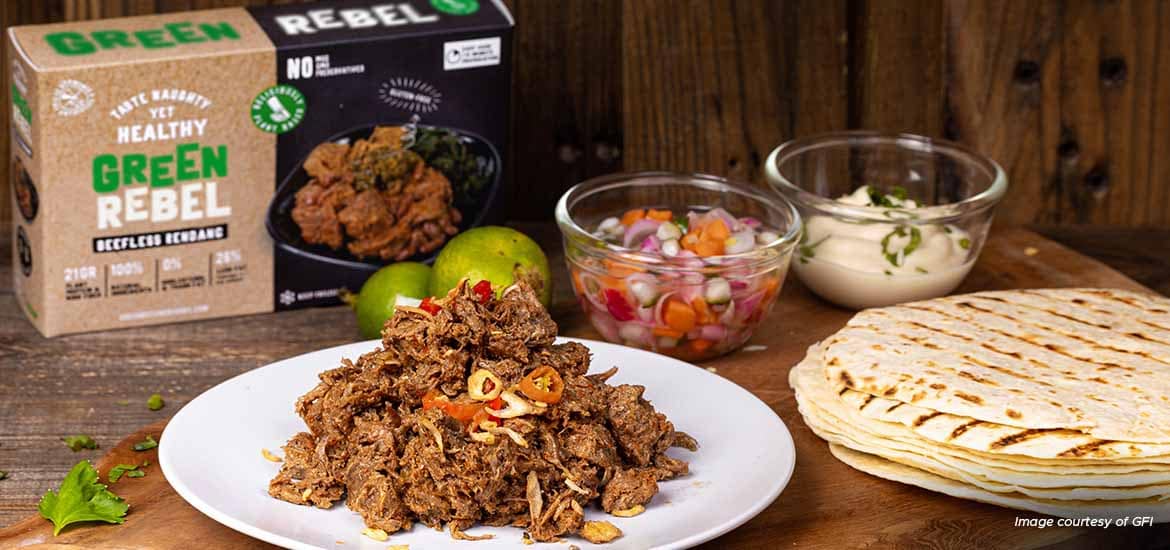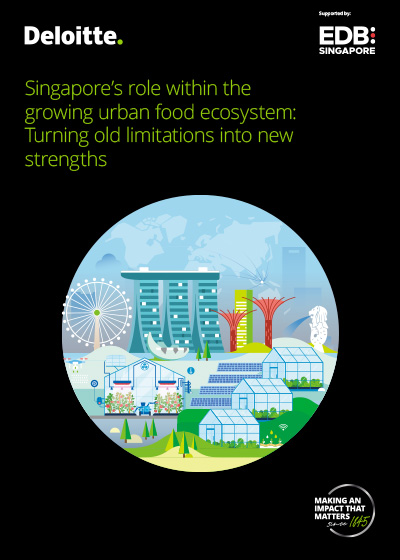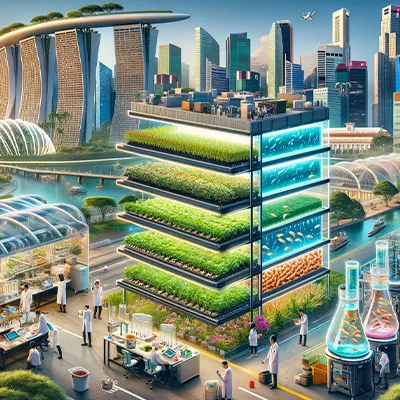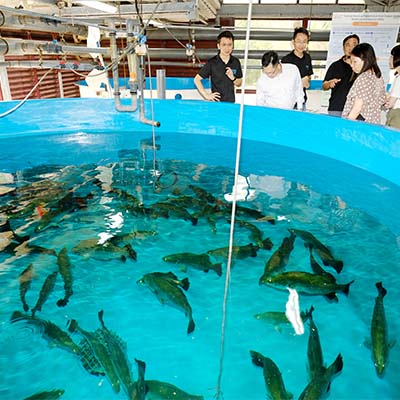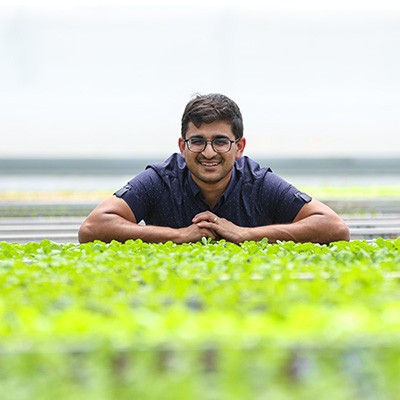According to the World Resources Institute, a chicken has to consume nine calories of crops to produce just one calorie of chicken meat. That’s 800 per cent waste—the equivalent of preparing nine plates of food and throwing eight into the trash. The conversion rates for pork, beef, and other meats are even worse.
This fundamental inefficiency is equally true in all parts of the world, but the stakes are much higher in Asia, where rapid economic growth and rising incomes are expected to drive the appetite for conventional meat and seafood to increase by 33 per cent by 2030 and 78 per cent by 2050 (compared to 2017). Such unprecedented demand, on the back of an inherently inefficient production system, would result in staggering levels of natural-resource depletion and food insecurity, further adding to the growing strains on Earth’s ecosystems.
“Building a more secure, sustainable, and just food system is not merely a choice in Asia—it’s a necessity,” says GFI APAC Managing Director Mirte Gosker. “Conventional animal agriculture is ill-equipped to handle the escalating pressures of skyrocketing protein demand, increased climate disruption, land and water scarcity, and threats of viral outbreaks.”
Drilling further down into the numbers also reveals that Asia’s rise is being driven in large part by two hotbeds of food innovation: Singapore and China.
In Singapore—currently the only country where products from all three pillars of alternative proteins (plant-based, microbes and cultivated meat) are approved for commercial sale—investments doubled from US$85 million in 2021 to US$170 million in 2022. Similarly, investments into Chinese alternative protein startups rose from US$24 million to US$152 million—a surge of more than six times in a single year.
There’s a common thread through these two countries: in both cases, government leaders have publicly thrown their support behind alternative proteins as a key food-security solution.
In Singapore, a joint government initiative called FoodInnovate recently rolled out a new online database of local resources designed to help alternative protein firms thrive, from grant opportunities and talent recruitment tools to shared-used manufacturing facilities. By leaning into the city-state’s position as a launch pad for global climate and food security solutions, the government has created a glide path that helps alternative protein startups move quickly from ideation to pilot production and then large-scale commercialisation.
In China, the nation’s latest five-year agricultural plan explicitly spotlights cultivated meat and other “future foods” as part of its blueprint for food security—a point further reiterated in its first-ever national bioeconomy plan in 2022. President Xi Jinping has even personally signalled his support for protein diversification at a high-profile public meeting of political advisors. While GFI APAC’s latest numbers do not include public-sector investments, it’s clear from looking at this broader context that proactive government support and increased private funding go hand-in-hand.
Encouraging as these figures are, industry watchers hope that this is the beginning—not the end—of the story. Despite its recent growth, the regional alternative protein sector’s success is by no means inevitable, according to leading financial experts. Only through many years of sustained public and private funding mobilisation—including from key investment institutions that currently are still on the sidelines—will it be possible for Asia to ramp up production of innovative foods like plant-based and cultivated meat in the massive quantities the continent needs.
“Asia is the manufacturing engine that powers many of the world’s most important industries, but engines don’t just start themselves,” says Matthew Spence, Managing Director and Global Head of Venture Capital Banking at Barclays. “Deep institutional investments from sovereign wealth funds, pension funds, and creative capital sources are key to propelling the global alternative protein sector forward and sustaining a building boom big enough to meet this moment.”
Ryan Huling is Senior Communications Manager at the Good Food Institute APAC, Asia’s leading alternative protein think tank.
A version of this column first appeared in The Business Times.
